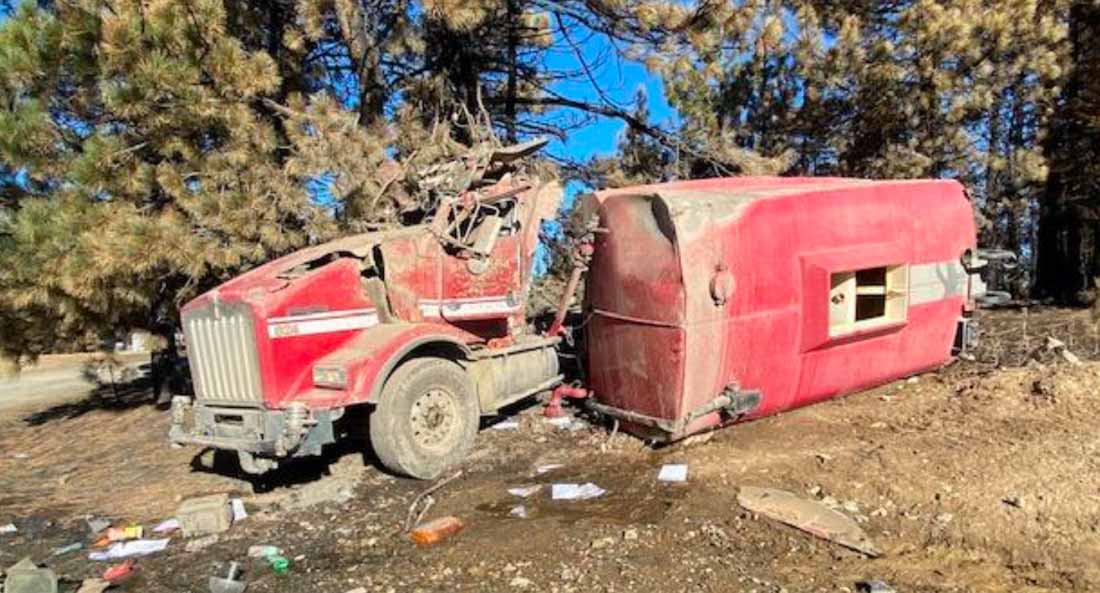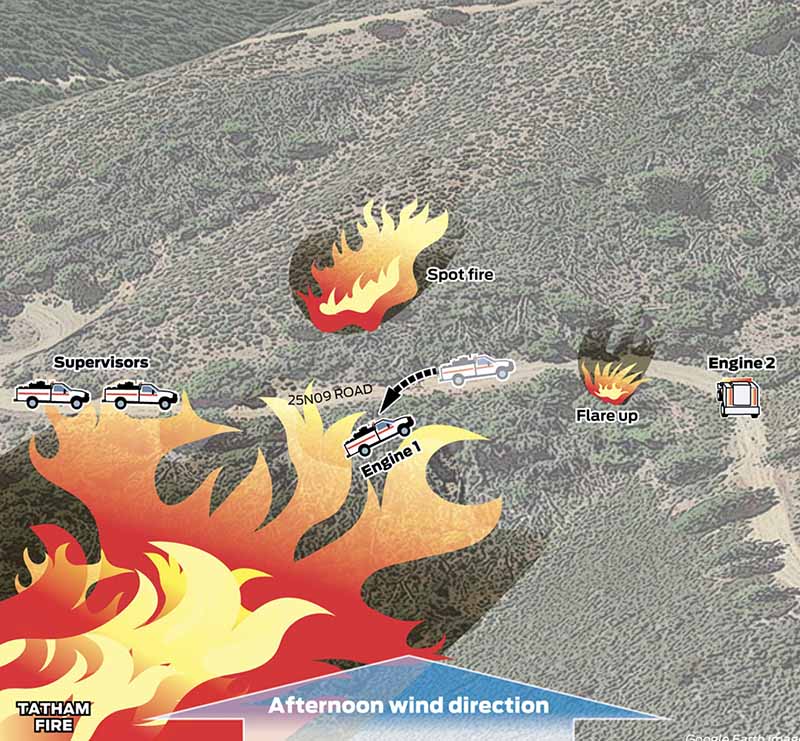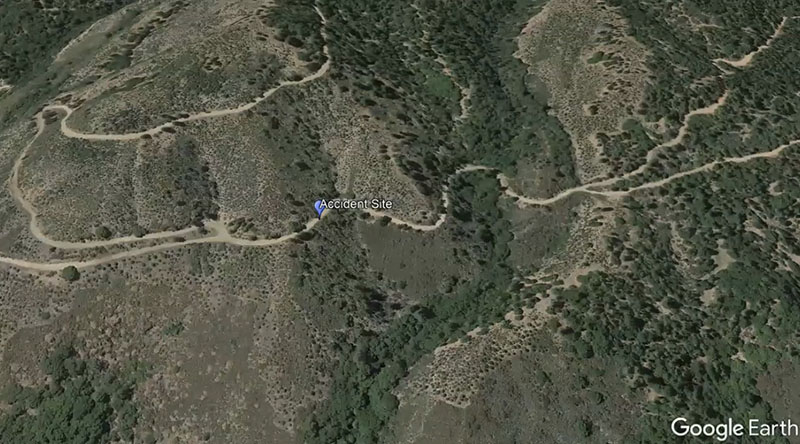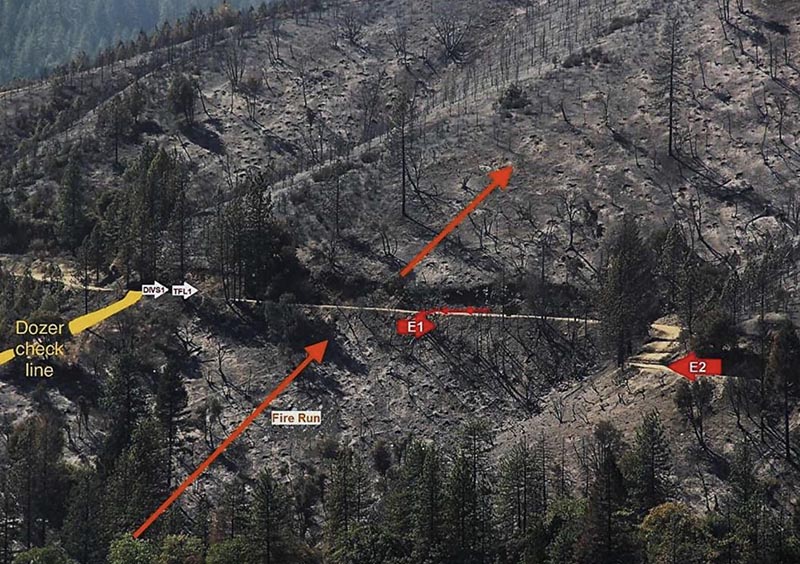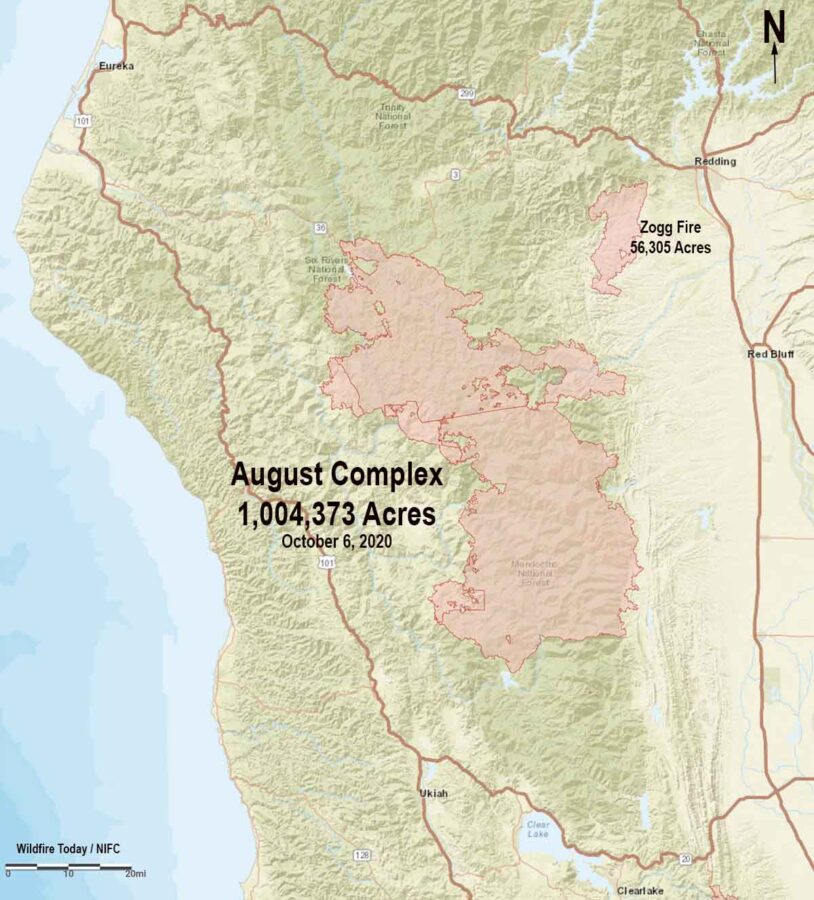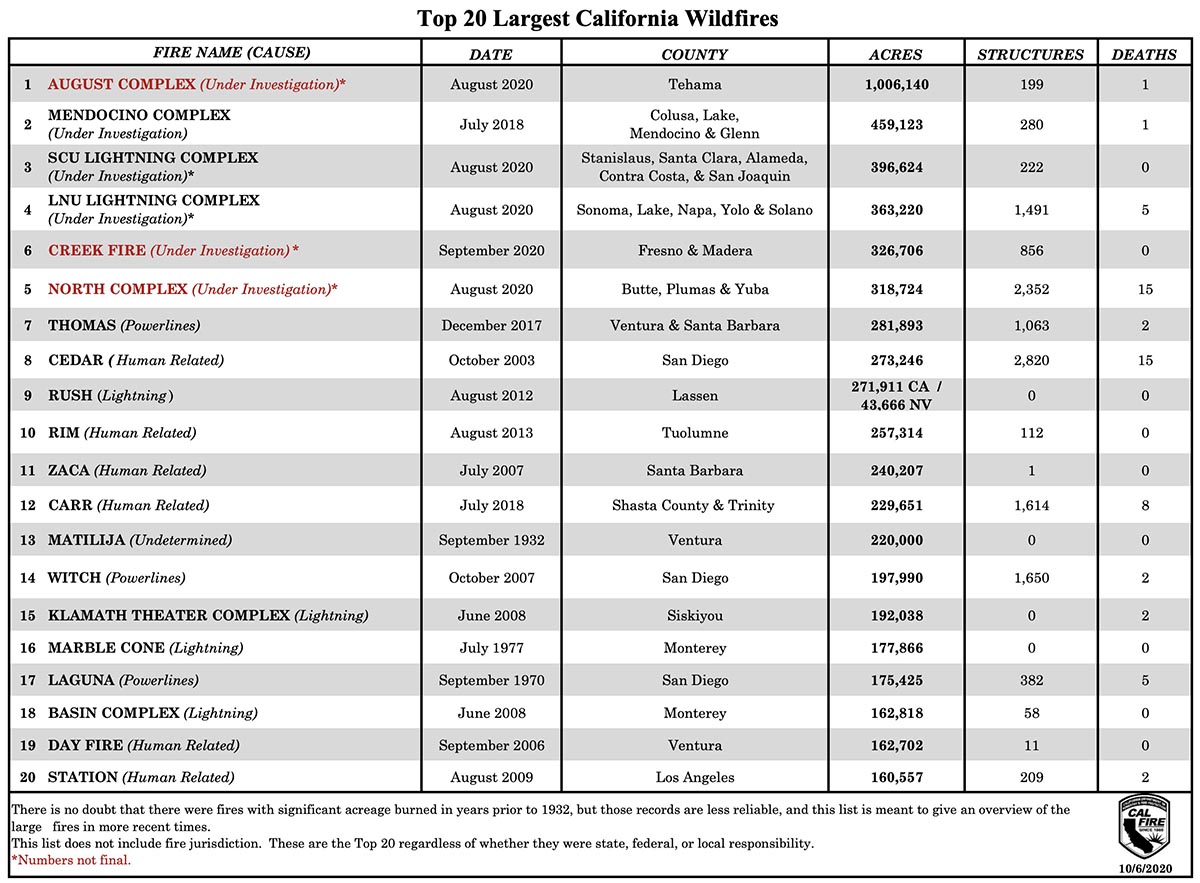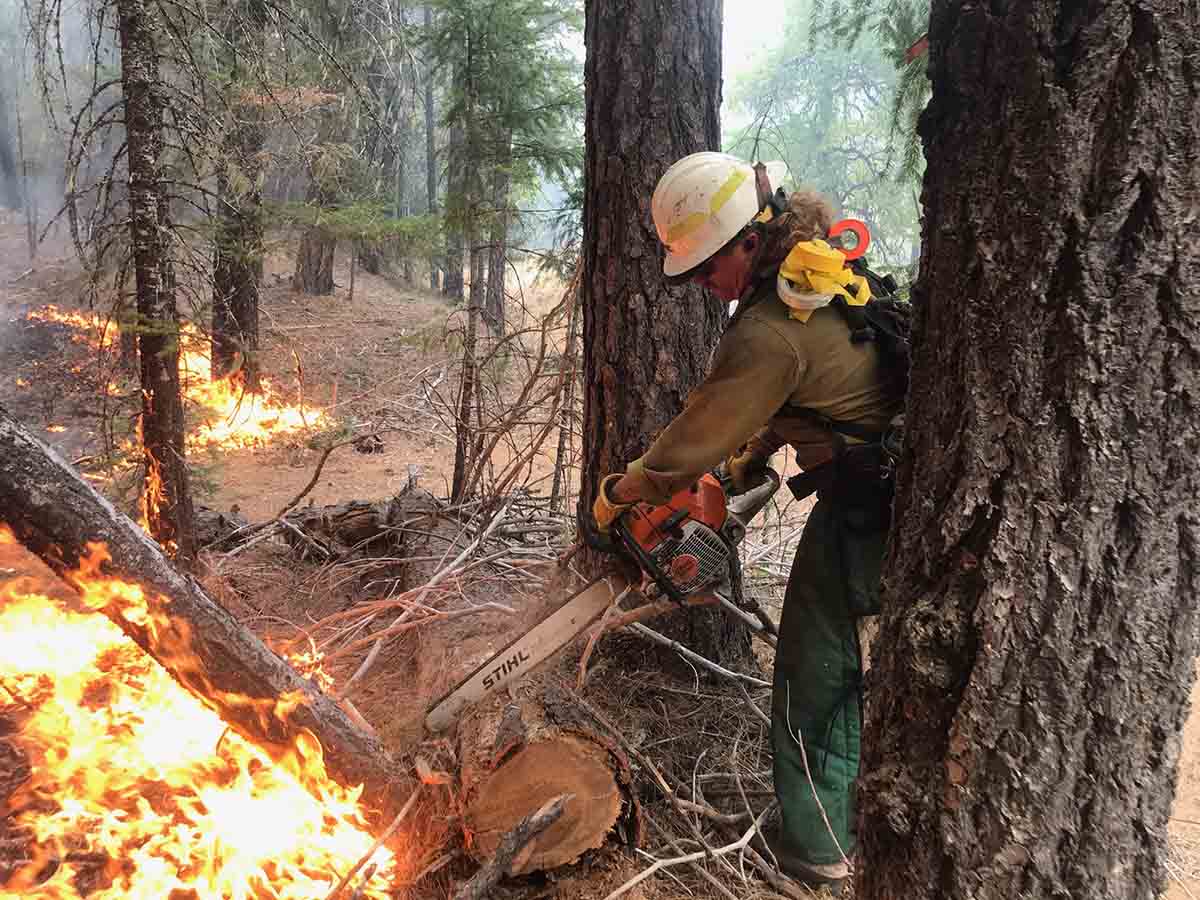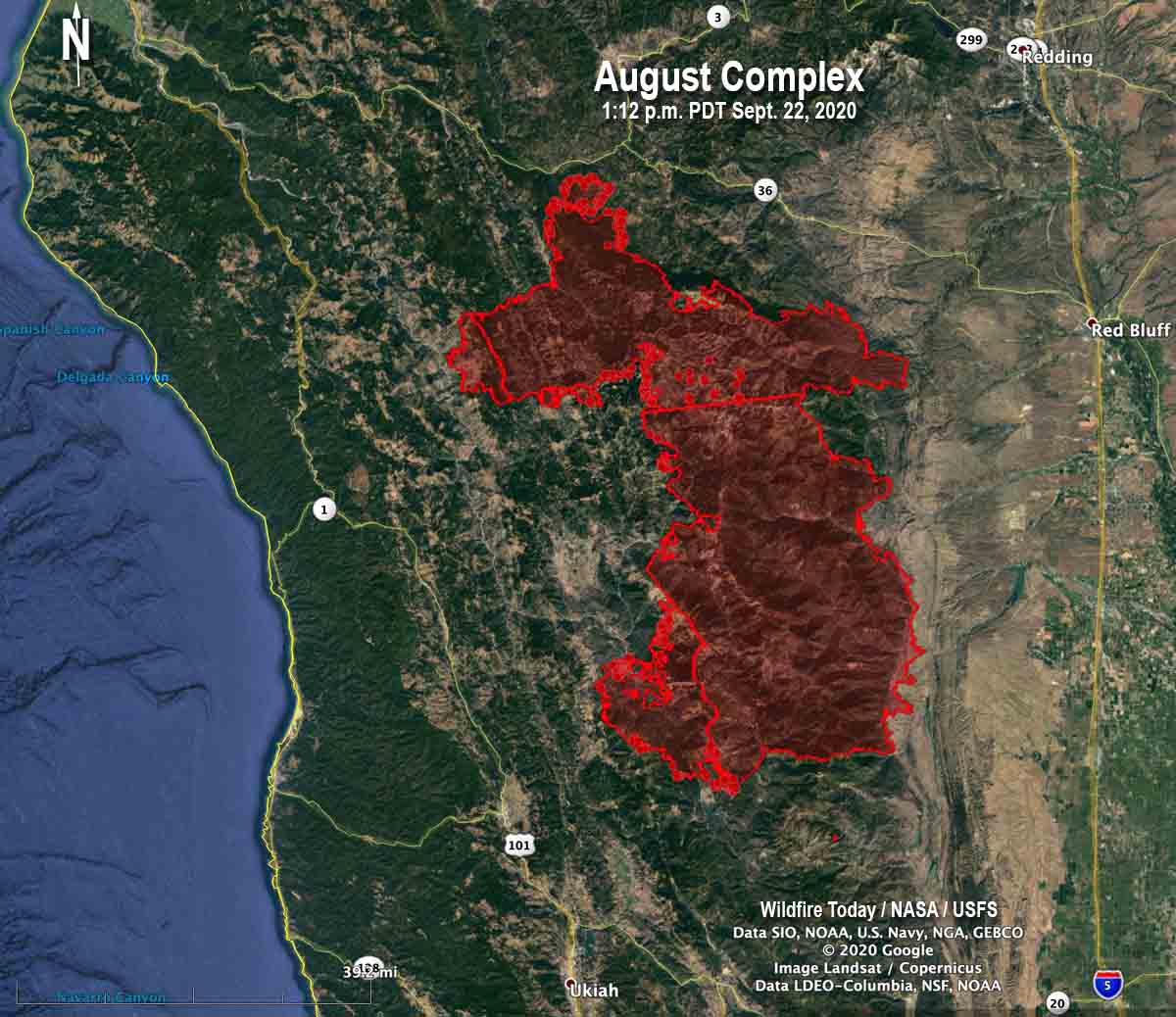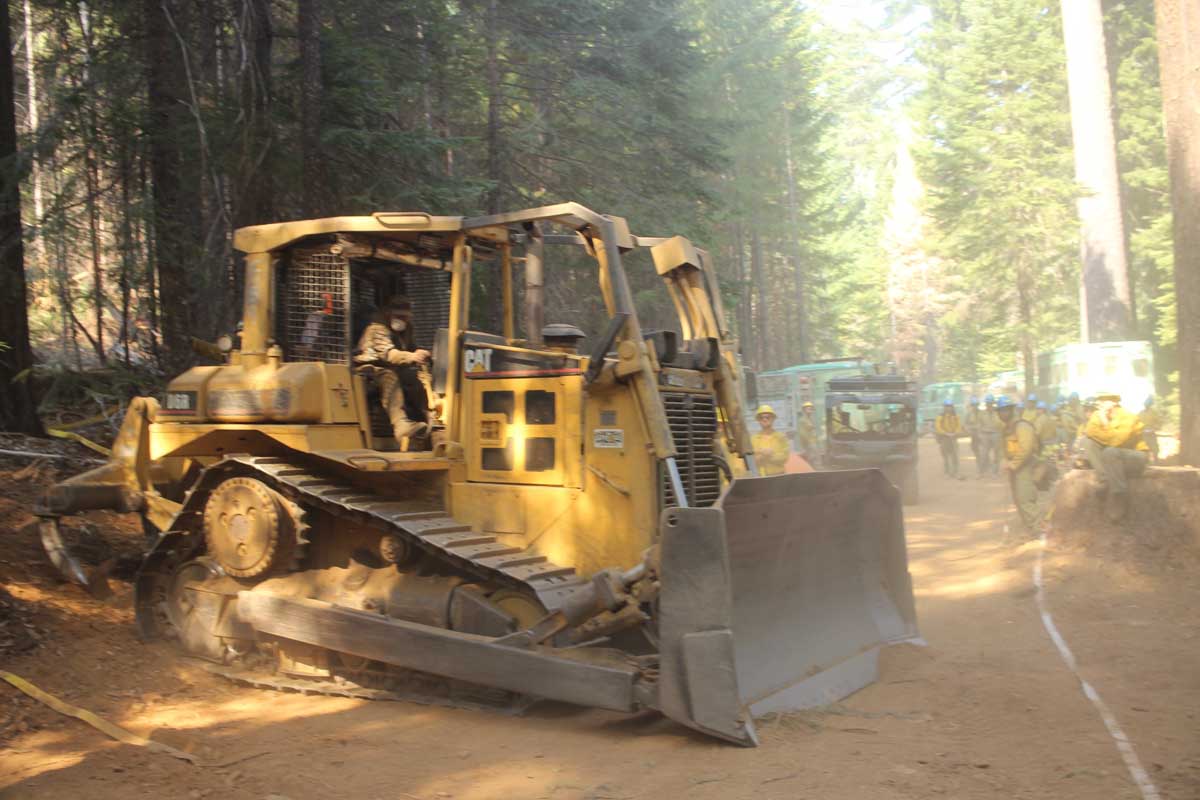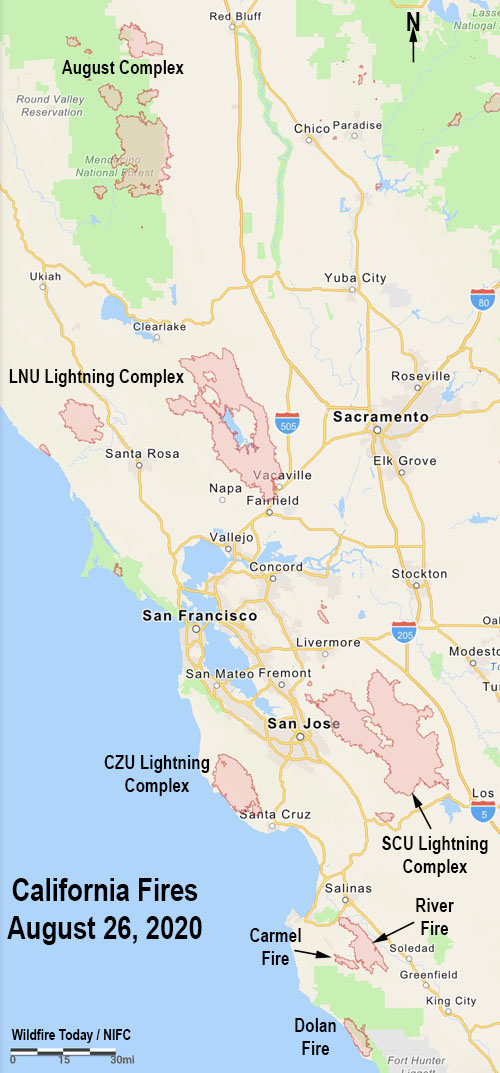Updated December 7, 2020 | 8:20 p.m. PST
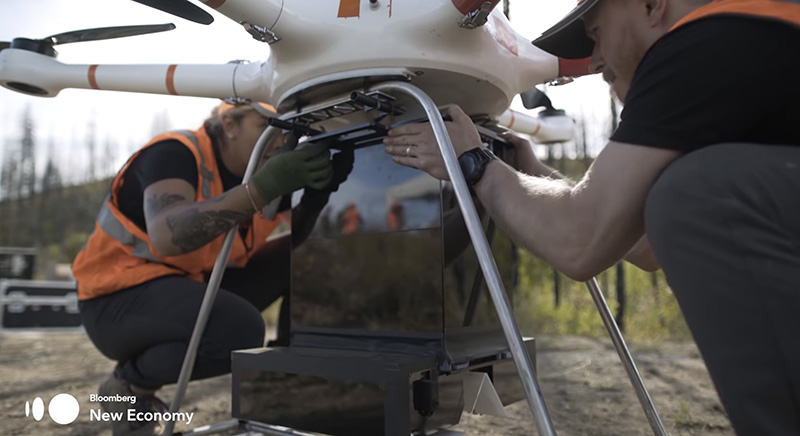
DroneSeed, a company that uses fleets of drones to reforest areas burned in wildfires, received approval in October from the Federal Aviation Administration (FAA) for its heavy-lift drones to operate Beyond Visual Line of Sight (BVLOS) and to expand its use of heavy-lift drone swarms to California, Colorado, Montana, Nevada, Arizona and New Mexico. They previously had FAA authorization to operate in Oregon, Washington, and Idaho.
The FAA’s action allows DroneSeed to begin reforesting once a fire is contained and airspace is clear. Their aircraft drop seeds that are encapsulated in vessels consisting of four to six seeds, fertilizer, natural pest deterrents, and fibrous material which absorbs water and increases survivability.
The company has designed a system around a swarm of drones that can drop tree seeds in places where they have a decent chance of survival. First they survey the area with a drone using lidar and a multispectral camera to map the terrain and the vegetation. The next step is to use artificial intelligence to sort through the mapping data to find areas where a dropped seed is most likely to germinate, in order to avoid, for example, rock, roads, and unburned locations. After the aircraft are launched, the five aircraft operate autonomously as they fly grid patterns.
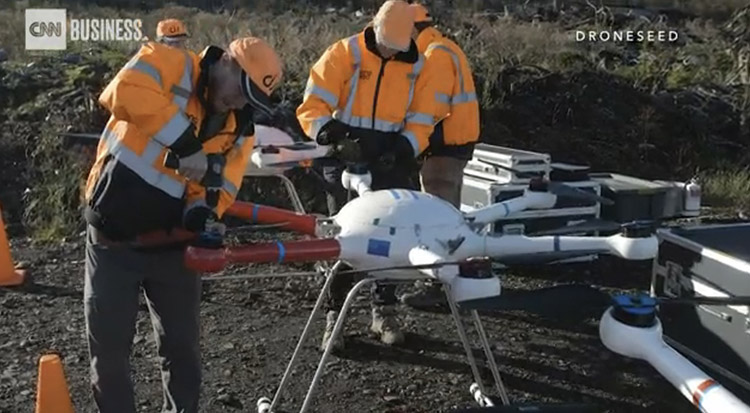
A swarm of five drones can reseed 25 to 50 acres each day, said Grant Canary, CEO of DroneSeed. While on a seed-dropping mission each drone can stay in the air for 8 to 18 minutes, then returns to the helibase where it is reloaded with seed vessels and the battery is replaced. Mr. Canary said it takes about 6 minutes to replace the battery and the 57-pound seed vessel container.
DroneSeed makes their aircraft, they are not off-the-shelf consumer level drones. Batteries power the electric motors that drive the propellers. When at a work site, the workers bring five batteries for each aircraft which are recharged with a proprietary charging system run off a generator.
The company has about 40 employees, 10 of whom may be manufacturing seed vessels for ongoing or upcoming reseeding projects.
The company is already reforesting some of the areas burned this year in the one million-acre August Complex of fires in Northern California, and the 173,000-acre Holiday Farm Fire in Oregon.
While most aircraft hired by land management agencies are paid by the flight hour and daily availability rates, DroneSeed charges by the acre.
After sites are selected, seed vessels are manufactured, in many cases containing native Douglas Fir or Ponderosa Pine seeds harvested from the general part of the country where they will be later dispersed.
Currently DroneSeed is the only company in the United States approved to operate with heavy-lift drone swarms, according to the company.
The video below describes the reseeding system beginning at 0:32 and ending at 3:52.
Thanks and a tip of the hat go out to Rick.

